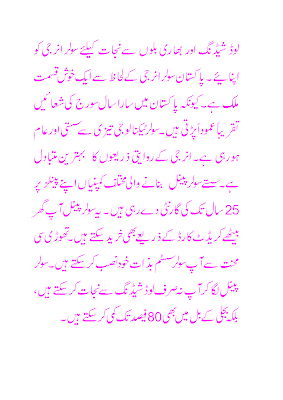The main ingredient used in the cheese making process is milk. Many types of cheese in North America are made from cow, sheep or goat milk. There are other varieties of milk used, however. The milk of a buffalo, for example, is used to produce Mozzarella cheese. Milk from deer, camel, horses, llamas, and yaks are all used to yield different varieties of cheese and cheese blends.
THE CURDLING PROCESS
| |
REMOVING THE WHEY
As the milk forms into a huge curd, it is stirred and cut, allowing the whey to drain off. The milk is then reheated and pressed to remove as much whey as possible.
MOLDING AND SHAPING
when the whey removal process is finished, the warm curd is molded or shaped into a cheese. Many cheese today are shaped by using a cheese wheel or similar mold. The warm curd is poured and pressed into the molding.
SALTING PROCESS
High amounts of salt are added to cheese during or before the process of molding. Salt plays an important role in the formation of the cheeses rind or outer coating. Heavily salted cheeses will develop thick outer coatings, such as that found on swiss cheese.
RIPENING
Once the cheese has been molded and salted, it is allowed to ripen. Some cheeses take only two weeks to mature and others can take as long as 7-years. Temperatures remain exact during this time.
It is during this period when the rind of the cheese is formed. Some form naturally and others, artificially. Many cheese surfaces are treated with bacteria, alcohol, wax, oils, or water during the maturing phase to enhance flavor and coloring. Washed rind varieties, for example, are washed and brushed regularly to promote an even bacteria growth across the surface and prevent their insides from drying out. Cheddar cheeses are salted and then wrapped with cotton, after which time they are left untouched until they are mature.
CHANGES IN THE CHEESE MAKING PROCESS
Today, most types of cheeses are made in commercial factories, where state-of-the art equipment and technology prevent contamination and an overgrowth of bacteria. For food safety reasons, all cheeses are now made from pasteurized milk, instead of fresh milk.
CHEESE STORAGE TIPS
FOR OPTIMUM flavor, allow cold cheese to warm for 30-minutes before eating. Cheese can be placed on counter top during warming.
NEVER store cheese with heavy, strong smelling foods. Cheese will absorb the aroma of what is around it.
SOFT cheeses should be wrapped in wax paper and not plastic wrap.







